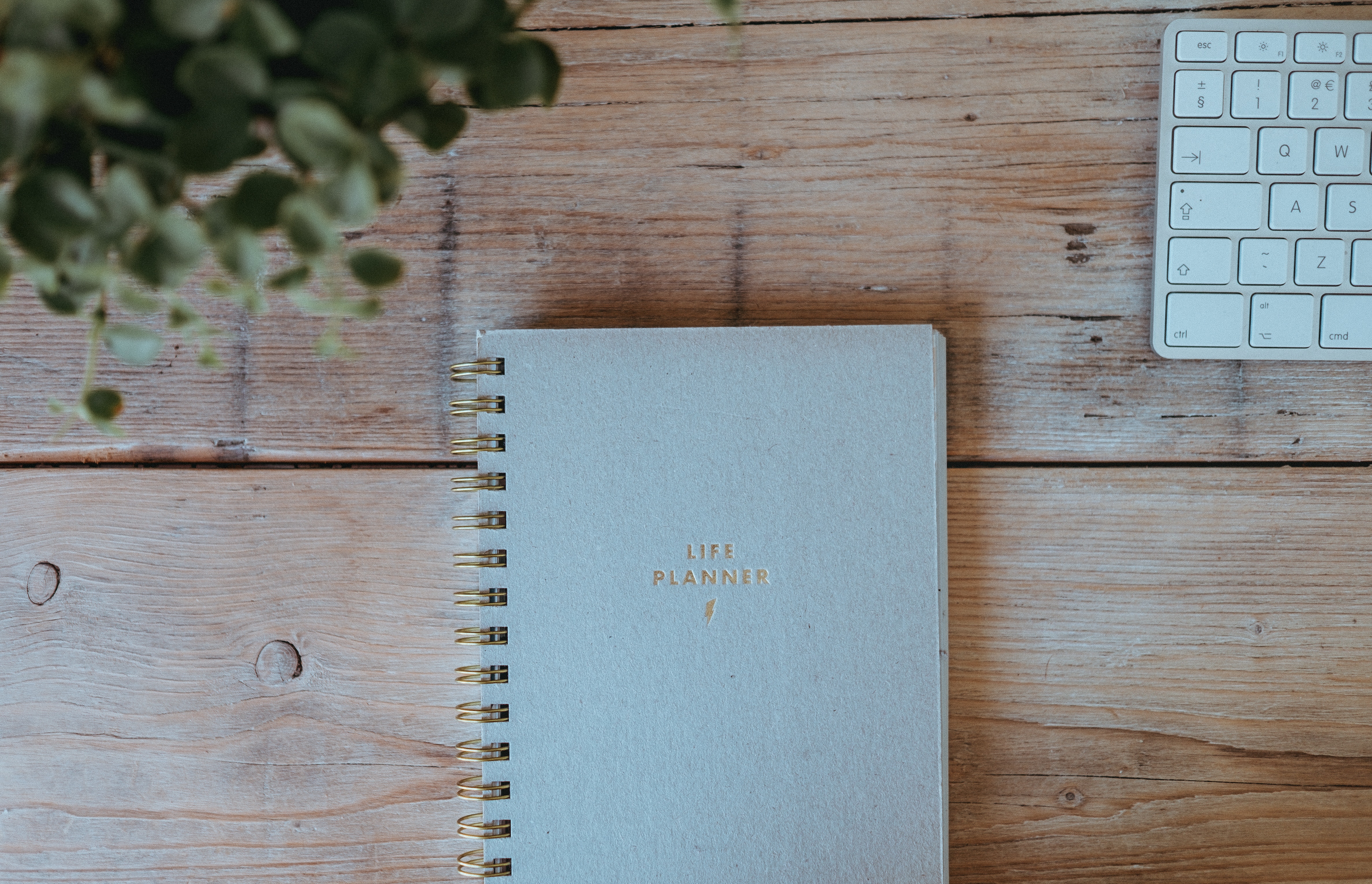How many times have you heard the statement, “people have a natural resistance to change?” Is that true? Dig a little deeper and you might discover resistance to change is just the symptom. People have a natural resistance to feeling incompetent. Humiliation is a deep fear we all possess. We don’t want to feel or look incompetent and change has the potential to activate that feeling.
What if we conditioned ourselves to feel good about pushing our personal boundaries? What if our fear of feeling incompetent was less than our desire to learn something new?
This won’t happen naturally. It has to be taught. And it has to be maintained on a regular basis. If not, we will slowly drift into losing our curiosity, along with that, our vitality. Inquisitiveness atrophies overtime. Our natural bent towards laziness is exacerbated by inactivity. Contentment is a great virtue, but its shadow side is apathy.
It’s natural to grow accustomed to our surroundings, but as John F. Kennedy once said,
“The time to repair the roof is when the Sun is shining.”
Learn to value discomfort, disequilibrium, and disorientation. That’s where our greatest growth takes place. It’s in the discomfort zone where we grow and learn. Here’s the truth.
Discomfort doesn’t lead to breakdown. It leads to breakthrough.
By avoiding discomfort we can survive. Stepping into it is how we thrive.
How do you do this? Develop these 6 habitudes (habits + attitudes).
- Question the status quo. By doing this you will be facilitating the skill of “critical unlearning.” What do we need to stop doing? What do we need to leave behind? What do we need to forget? What do we need to ignore? This is important if we want to grow and go forward.
- Challenge your assumptions. Just because that’s how we’ve always done it doesn’t mean that we should keep doing it the same way. This can lead to the bias of experience, that the way we’ve done it is still the right way to do it. Go below the surface and discover the belief that is driving that behavior. What is the belief behind the habit or process we were taught? Even if the belief is right, does it have a different application today? If it’s valid, our commitment will go even deeper. If it’s not, we might do some innovating.
- Try something new. This often leads me to something better. Occasionally it comes through my association with others. What seemed like an impediment to progress became a breakthrough in efficiency. Sometimes it is as simple as trying an unfamiliar food. Experiment, test, expose.
People tend to see danger where there is only difference.
- Repurpose something old. Sometimes the pearl gets lost in the process. The principle is good but the delivery system is outdated. Don’t miss the reliable because it’s cluttered and camouflaged with irrelevance. This is more than recycling. It’s also about ideas, attitudes, emotional intelligence, money, simplicity and wisdom.
- Connect with the bigger picture. Synthesizing your life illuminates your path. Learning and growing is about capacity and skill. But it’s also about connecting the dots. That is hard to do without knowing the bigger purpose of who we are and what we want. This takes learning to a whole new level. You are no longer just a teacher. You are a master-teacher.
- Trust what you know. Here’s what I know.
- The Sun will come up tomorrow
- What I am going through will pass
- With one exception (you), the world is composed of other people
- Be kind – everyone I know is carrying something
- The best things in life aren’t things
- People make mistakes
- You get out of life what you put in
- Gratitude is the healthiest emotion and trumps gratification
- What you focus on becomes your reality whether it’s true or not
- The quality of your life is dependent on the quality of your emotions
- Bitterness is a downward spiral
- I must forgive in order to live
- The only difference between a rut and a grave is the depth
Trusting what you know gives you the courage to try new things.
Developing ourselves includes developing our minds. This does not happen apart from discomfort and occasional disorientation. Teach others – not to avoid it – but to value it.
We teach what we know. We reproduce what we are.
What helps drive your vitality?



